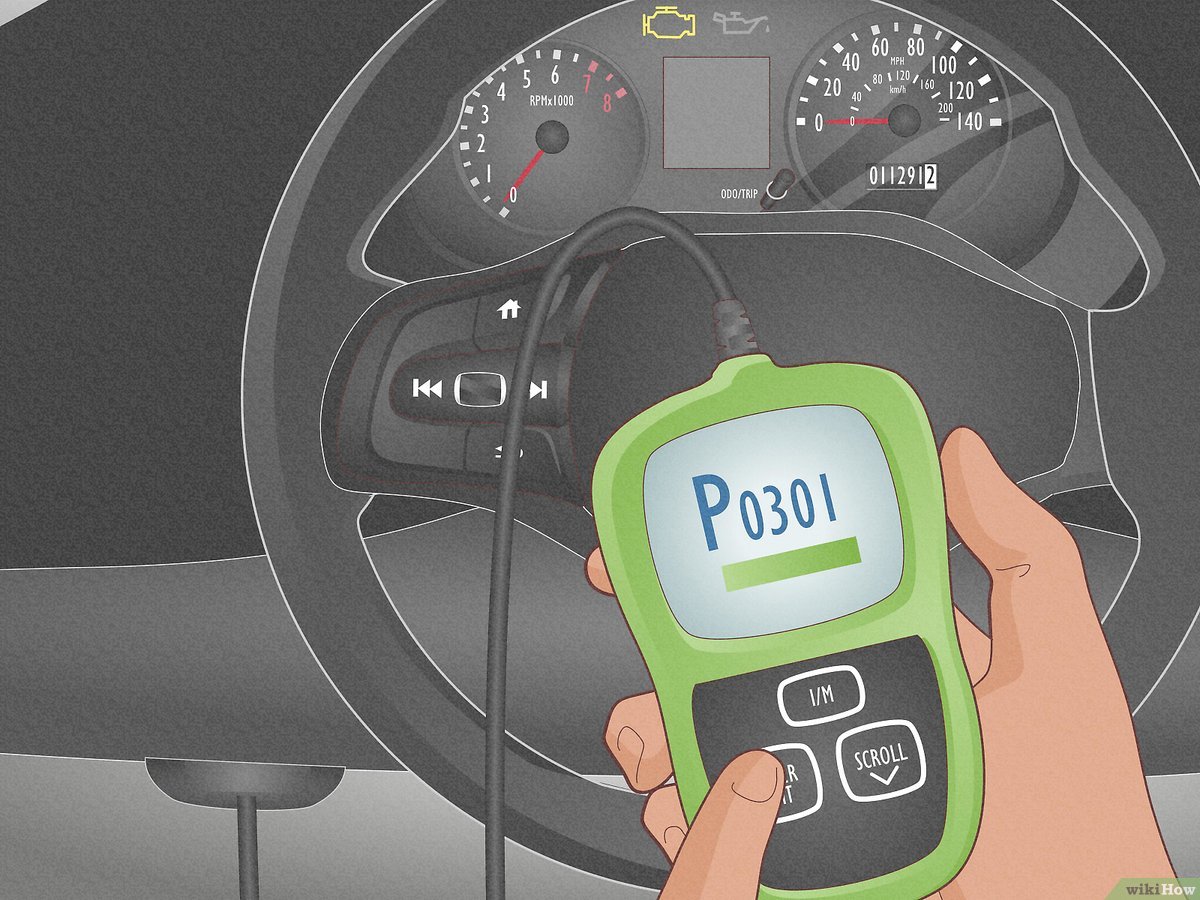Have you ever found yourself driving along, savoring the serene moment of a routine commute, only to be confronted with a glaring check engine light? More disconcertingly, what if that light is blinking? This vibrant flash signals something is amiss under the hood. The blinking check engine light is not merely a nuisance; it is a clarion call urging immediate attention. Understanding what this signal means can transform uncertainty into empowered decision-making. So, why exactly is your check engine light blinking? Let’s embark on this enlightening journey together.
First and foremost, it’s essential to recognize the blinking check engine light as a critical indicator of an ongoing issue, typically related to the vehicle’s engine management system. This particularly frenetic light often denotes that the engine is misfiring. But wait—what does an engine misfire actually signify? In layman’s terms, a misfire happens when the air-fuel mixture in one or more cylinders fails to ignite properly. This malfunction can stem from a plethora of causes such as faulty spark plugs, a malfunctioning ignition coil, or even a defective fuel injector.
Why should we be concerned about a misfire? Well, the repercussions can range from diminished engine performance to more grave consequences like catastrophic engine damage. The engine’s ignition timing becomes compromised, leading to rough idling and decreased fuel efficiency. Moreover, excess unburned fuel can enter the exhaust system, damaging pollutants control components, and ultimately contributing to further complications. Ignoring a blinking check engine light may plunge your vehicle into deeper mechanical woes.
Now that you recognize why the light may be flashing, let’s delve deeper into specific components that may be responsible for this unsettling phenomenon. One potential culprit is the spark plug. Think of the spark plug as the heartbeat of your engine. If it’s worn or malfunctioning, it fails to ignite the air-fuel mixture, culminating in a misfire. Surprisingly simple yet profoundly impactful, replacing spark plugs is an uncomplicated maintenance task—one that can rejuvenate your vehicle’s performance.
But that’s just scratching the surface. Another significant player in this drama is the ignition coil. In essence, the ignition coil is like a transformer that converts the vehicle’s battery voltage into the high voltage needed to create a spark. If this electrical component falters, the resulting spark may be too weak or sporadic, leading to misfires. Testing and potentially replacing the ignition coil can remedy many issues associated with a blinking light.
Furthermore, let’s turn our attention to the fuel system. A malfunctioning fuel injector can disrupt the smooth flow of fuel essential to combustion, triggering irregular engine behavior. A clogged or faulty fuel injector may lead to inconsistent fuel delivery, resulting in misfires. Regular maintenance of the fuel system, including timely fuel filter changes and conducting injector cleanings, can mitigate this risk.
The malfunction of other engine sensors can also be implicated in the blinking light. Sensors such as the mass airflow sensor, oxygen sensors, and crankshaft position sensor are all instrumental for proper engine operation. When these sensors become compromised, the engine may not receive accurate data, causing optimal air-fuel mixture ratios to fluctuate and leading to misfires.
What’s more, a blinking check engine light can also be an early sign of more severe issues, such as a major coolant leak or transmission problems. Beyond engine misfires, these scenarios present their own set of challenges, often leading to costly repairs if not addressed promptly. Hence, one must approach a blinking check engine light with both seriousness and urgency.
But, let’s pause for a moment and reconsider what this all means in a broader sense. A blinking check engine light serves as an invitation to engage with your vehicle at a deeper level. It can été the catalyst for change, prompting timely maintenance and repairs that contribute to longevity and reliability. Think of it as a call to adventure—an opportunity to deepen your understanding of mechanical systems, nurture a proactive mindset towards car care, and ultimately enhance your driving experience.
In the world of automotive care, the age-old adage of prevention being better than cure resonates strongly. By embracing regular check-ups and maintenance routines, you can catch many of the issues that might lead to a blinking light before they escalate. Scheduled inspections, oil changes, and system checks can ensure components function harmoniously, reducing the likelihood of unexpected illuminated warnings.
Engaging with automotive technology through manuals or online resources can demystify your vehicle’s inner workings and render you a more attentive driver. Understanding the symptoms of potential mechanical failures allows you to respond with more than just distress; it equips you with the knowledge to advocate for informed, proactive solutions at the repair shop.
In conclusion, the blinking check engine light is more than just a source of anxiety; it’s a vital communication tool between your vehicle and you. By acknowledging its meaning and adopting a versatile approach towards automotive care, you can pivot from a place of anxiety to one of mastery. Tune into the signals your vehicle sends—after all, every flash of that light is a whisper from your car, urging you to listen closely and act wisely.
